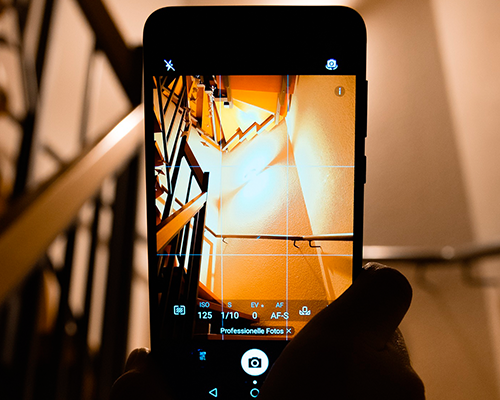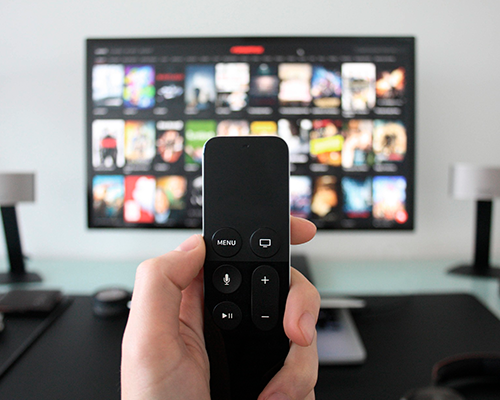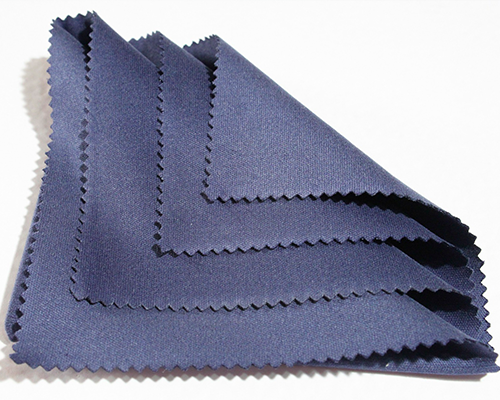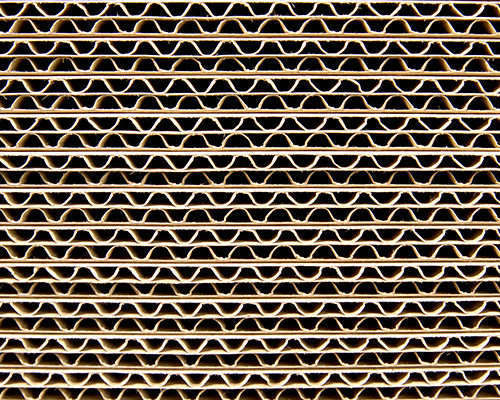Even if you’re a cord-cutter the odds are pretty good you own at least one television set. TV sets have gotten larger steadily over the years, with the average screen size now being 40” or larger. Some TVs are quite expensive, and they are all fairly fragile. This means that extra care needs to be taken when you pack your TV for moving. Here’s what you want to do, and what you want to avoid:
DO: Take pictures of your tv set up before you start packing it. This will help you set up your cables properly and efficiently in your new place. Snap a picture with your phone; backing up a copy to a cloud-based file storage site like Dropbox is a very good idea.

DON’T: Try to unmount your big screen tv all by yourself. Larger wall-mounted televisions are heavier than you think. They’re also awkwardly shaped and often positioned high in the room, which can make unmounting them difficult. To get the job done safely, you want to have another person helping you unmount the tv.

DO: Pack your cables, remotes, and manuals separately from the tv. Label and secure tv cables, remotes and manuals and pack them in a box with appropriate packing materials. Packing these items separately protects your screen from being scratched or damaged during the move.

DON’T: Forget to wipe down the TV with a soft cloth prior to packing it. Electronics attract dust, and dust can be abrasive. To protect your tv screen and the other surfaces on your electronics, wipe them down with a soft cloth prior to packing.

DO: Use your TV’s original box and packing materials if they are available to you. Some people, particularly tech-lovers who move often, make a point of keeping the original boxes their electronics come in. These are engineered to provide maximum protection, and if they’re available to you, you should use them to pack your TV. If you don’t have your original packing materials or the quality of those original boxes has deteriorated, flat screen tv moving boxes can be purchased.

DON’T: Lay your TV flat. Throughout the move, your TV should maintain its vertical orientation. Make sure the TV box is labeled appropriately to let the mover know which way is up. Once the TV box is loaded into the moving truck, it should be covered with a moving blanket to provide an additional level of protection.

